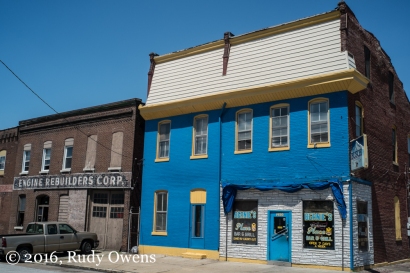Today, April 6, 2019, marks the 25th anniversary of the start of the Rwandan genocide. During the 100 days that followed its start, the ruling ethnic Hutu government organized the mass murder of more than 800,000 mostly ethnic minority ethnic Tutsis and moderate Hutus in the tiny central Africa nation. The world stood by and largely did nothing.
The war and genocide ended only when a rebel Tutsi army called the Rwandan Patriotic Front (aka Rwandan Patriotic Army) defeated the government in a fight to the death that ended the mass murdering. Millions of Rwandan refugees then fled the country, leading to destabilization and civil war in neighboring Zaire (now the Democratic Republic of Congo) and the collapse of its dictatorship. Years of bloody war in eastern DRC and beyond followed and continue to this day.
I went to Rwanda three years after the genocide and then left after about three weeks. I succumbed to malaria and realized I could not accomplish my larger goal to report on the ongoing genocide trials. Violent reprisal attacks by Hutu extremists were taking place and the body count was rising. I decided to leave.
After I left, I did two more projects documenting genocide: in Europe, focusing on Nazi crimes, and in Turkey, focusing on Ottoman Empire crimes. After I completed my documentary project on the Armenian genocide, I was interviewed by a descendant of Armenians who fled the Ottoman Empire and survived the Armenian genocide in modern-day Lebanon. My Lebanese-Armenian friend, who did a story about my travels in Turkey to former Armenian communities, asked me why I did my project. This was my reply. I reflected on what I had learned between the time I was in Kigali, Rwanda, and the time I visited former Armenian communities that no longer exist in the fall of 2001:
My primary objective has been to use my camera as a tool to infiltrate the realm of evil. What ways do people express evil, this thing that seems to define the human condition? How do people express it? Why do they do it, and why do other people allow evil to triumph? What do they accomplish, ultimately, through evil?
That’s the nut I’m trying to crack by examining the genocides of the 20th century. If nothing else, this knowledge helps me live my life better. It’s now much easier for me to understand human history and human behavior because the very worst form of human activity, genocide, strips reality to its essentials. In other words, all that is not essential is not really relevant. Some concentration and death camp survivors see the world in these terms. For example, Robert Jay Lifton wrote about the Nazi doctors, and he interviewed an Auschwitz survivor, a dentist forced to pull gold from the teeth of dead prisoners. Lifton described his meeting with the dentist this way: “He looked about the comfortable room in his house with its beautiful view of Haifa, sighed deeply, and said, ‘This world is not this world.’ What I think he meant was that, after Auschwitz, the ordinary rhythms and appearances of life, however innocuous and pleasant, were from the truth of human existence. Underneath those rhythms and appearances lay darkness and menace.”
I left the memories of my genocide documentary projects behind me, though I still have essays on display on my website. I normally don’t think about these photos, but on anniversaries like today’s, I must reflect and, I hope, remember.






























